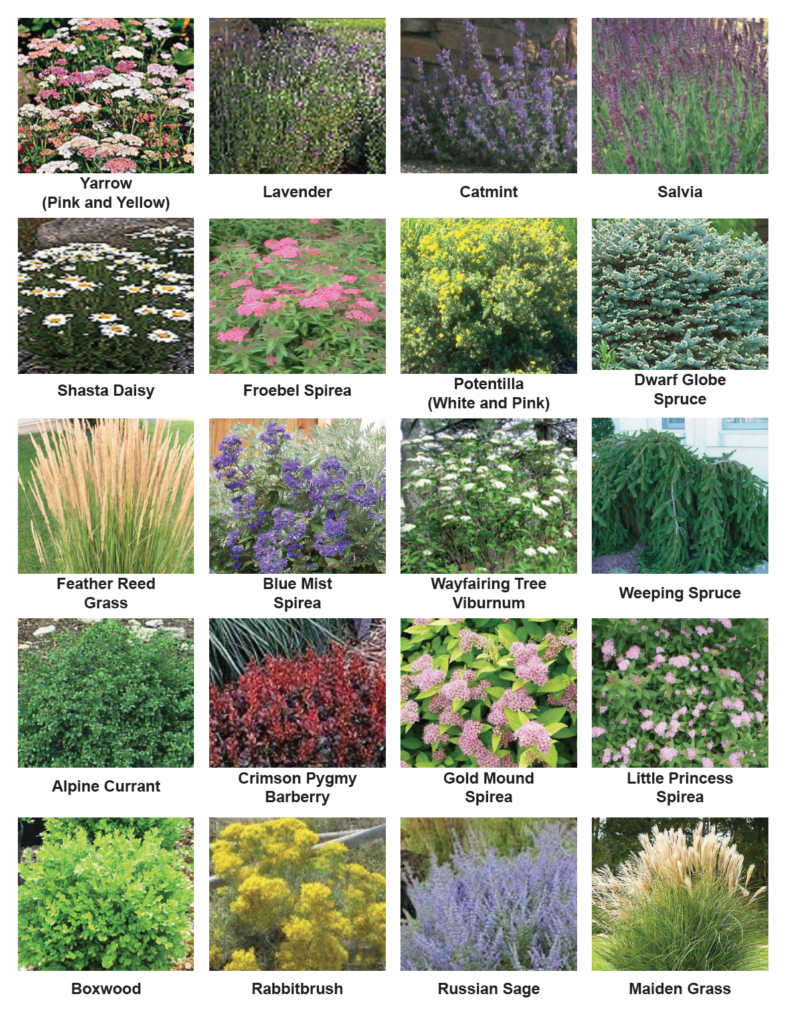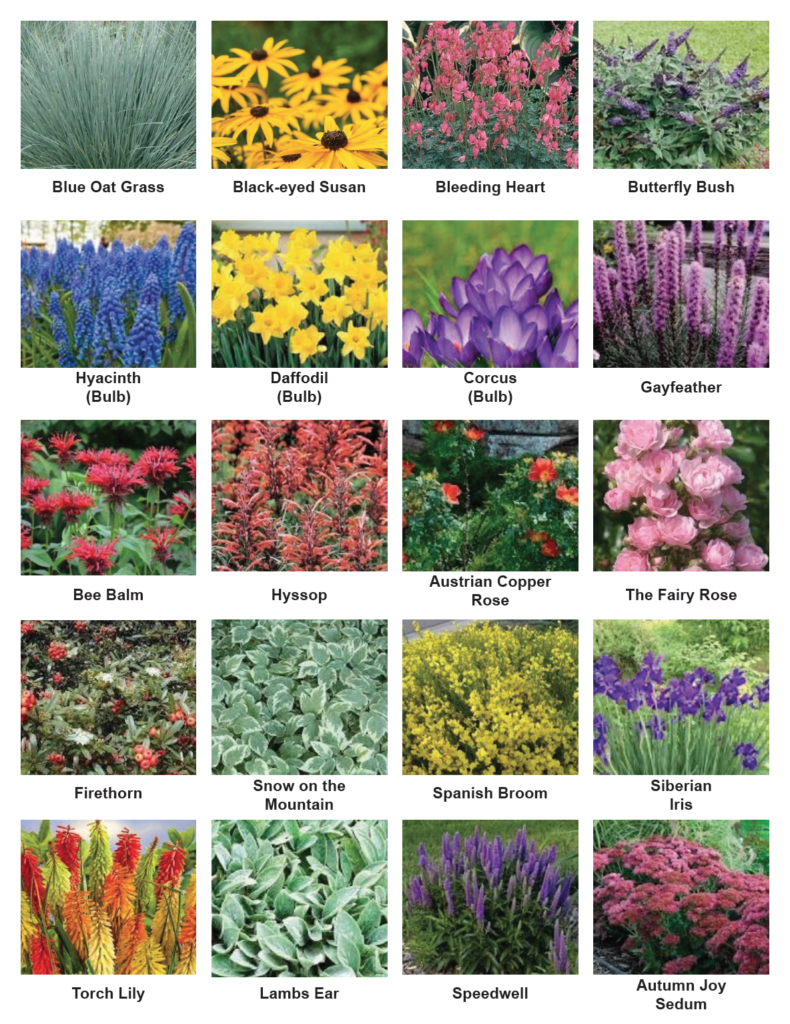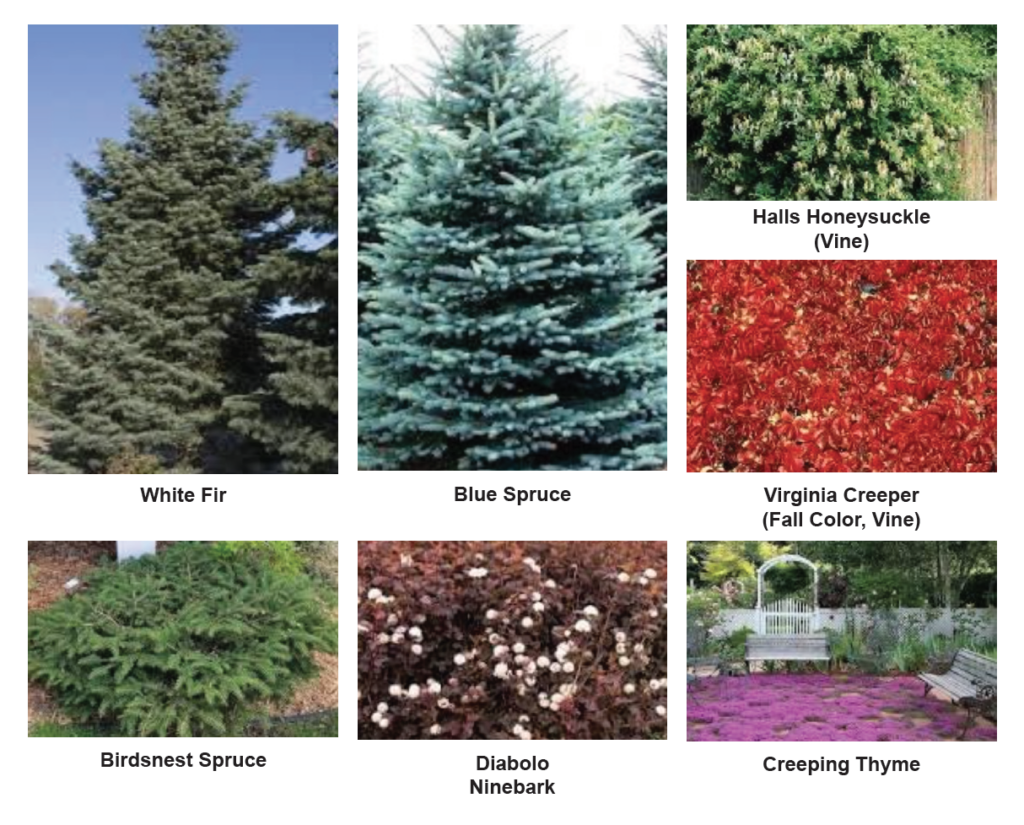Designing a Deer-Resistant Landscape
Is your garden becoming a salad bar for deer?
Deer resistant landscaping can be a lifelong challenge for many homeowners attempting to deter deer in their gardens. Selecting plants proven to be deer resistant is a great way to start outwitting your unwanted dinner guests.
Herbivorous species, deer thrive in a variety of habitats as their population continues to expand. It is common to see deer in suburban neighborhoods, feasting among our Hostas and Daylilies. Deer are highly adaptable and don't mind searching for a variety of plant foods from our yards. Fruits, nuts, leaves, grasses, and soft barks are not uncommon deer food. The type of plants that deer consume makes it hard to determine what is deer-resistant, and unfortunately, not one variety is entirely deer-proof. Below Accent Landscapes includes a list of recommended plant selections for Deer Resistant Landscaping beds and tips for discouraging deer.
Designing a Deer-Resistant Garden
Designing a deer-resistant garden does not have to feel limiting. Mixed beds and borders, native plantings, and wildflowers gardens can all be prepared to be deer-resistant. Accent Landscape's Deer-Resistant Plant List includes a diverse selection of plants to incorporate into your landscape.
When planning for Deer Resistant Landscaping, start by adding foundation plantings, a backdrop, including Wayfaring Viburnum with alternating Ninebark and Spirea varieties. Include tall Maiden and Feather Reed grasses to give a sense of height to borders and mixed garden beds. In front, plant drifts of bulbs for a pop of color in the spring. Feature Hyacinths surround the base of a small ornamental shrub and carefully placed Daffodils amongst spring-blooming perennials. Play with different combinations throughout your landscape. Pay attention to varieties with texture, color, and fragrance, for these are all elements that deter deer.
Standard Features of Deer Resistant Landscaping Plants
Plants that are often left alone by deer usually display the following:
- Fuzzy leaves
- Tough, leathery, fibrous leaves
- Aromatic leaves
- Aromatic flowers
- Spines or bristles
- Poisonous compounds
Accent Landscape's Deer Resistant Landscaping Plant List



Tips for Discouraging Deer
- Plant barriers to deter deer from entering your landscape. Identifying deer tracks and paths can help determine the placement for an added deer barrier. Instead of including a fence, how about adding a tall trellis of Honeysuckle? Climbing and seamlessly integrating into your garden bed.
- Create berms along the border of your property. Planting on top of berms will add height and hide your yard beyond: immediate slope and elevation changes can deter deer.
- Dogs present in the garden or landscape leave behind their scent. Deer often avoid yards with dogs; afraid coyotes may be near.
- Xeric plants or drought-tolerant tend to be avoided by deer because of their tough and fuzzy foliage.
- Overwatered and fertilized plants are desirable to deer.
- Fruit-bearing trees and shrubs are very tempting to deer.
- Elevate bird feeders.
- Spray containers with repellent and raise hanging baskets.
- Plant deer-resistant native plants.
Have trouble determining if deer are causing the damage? Here are a few signs:
Signs of Deer in Your Garden
- Buck Rubs: Young trees and shrubs scrapped of bark. Male deer (Bucks) remove the bark from trees and shrubs to mark their territory. Bucks also rub their antlers against deciduous trees to remove the velvet from their antlers. The rubbing will often injure the tree and can cause the plant to dry out and die.
- Deer Footprints and Scat
- Nipped twigs and foliage: Deer are browsers; they eat the flowers, leaves, and shoots of perennial and woody plants higher off the ground. Deer damage is typically seen at eye level or above. Damage usually includes ripped branches, chewed trees, and empty spaces of flowering plants.
- Knocked Down Plants: Deer sometimes knock down plant material to create a rounded resting or sleeping area, known as a bed, to which they retreat daily.